When Was Saturn Discovered? The History of Saturn
Last Updated on
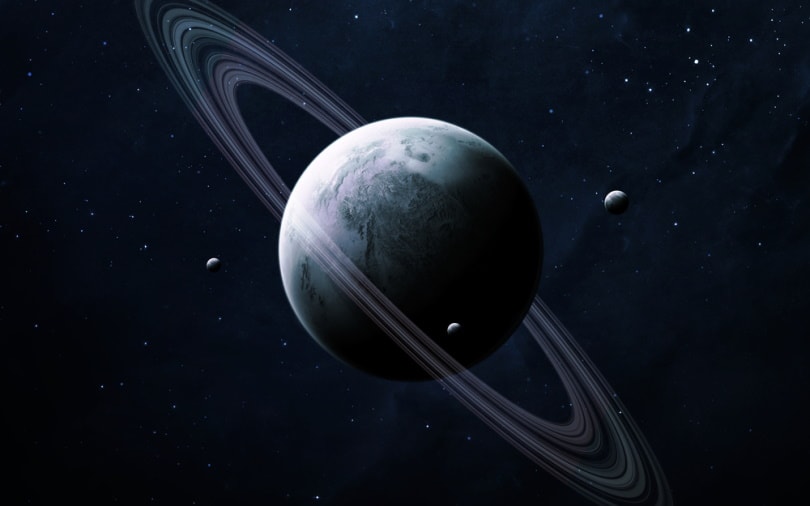
We’ve known of the existence of Saturn since prehistoric times. If you’re an astronomy buff, you’ve probably watched the stars at night and often wondered when Saturn was discovered. You may know that Saturn is probably the most distinguishable planet in the solar system due to the rings surrounding it.
If you’re new to the world of astronomy, we’ll give you a brief history of Saturn and when the planet was discovered in the blog below.

The Planet Saturn
Saturn is the sixth planet from the sun, and other than Jupiter, it’s also the largest planet in our solar system. It’s also one of four gas planets, keeping company with Jupiter, Neptune, and Uranus. Saturn got its name from the Greek god Kronos, which is said to have been Zeus’s father. History reveals one fact about the planet Saturn, as do the stories told about it. That fact is that Saturn has been around a very long time. But how long is a long time?
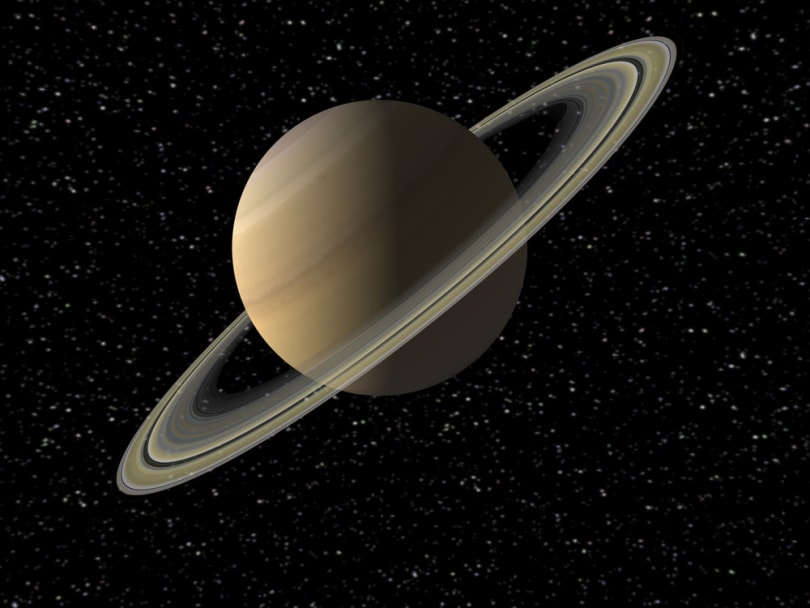
Saturn’s Discovery: 1830 BC
You might be surprised how long Saturn has been around. There is proof that Saturn was studied by the Babylonians as far back as 1830 BC, and they viewed it with their naked eye.
Since Saturn is one of the farthest planets to be discovered, it adds a bit of mystique to the ringed planet. The mystery doesn’t just surround the Greek and Roman cultures but extends to the Japanese, Chinese, and Indian cultures with astrology as well.
Galileo Observes Saturn’s Rings: 1610 AD
It wasn’t until 1610 AD that Saturn was viewed through a telescope by Galileo Galilei. However, since he didn’t have the technology to see the rings clearly, he at first thought they were two moons that were surrounding the planet.
When he looked again, the moons were gone, leading him to say that Saturn had two arms.
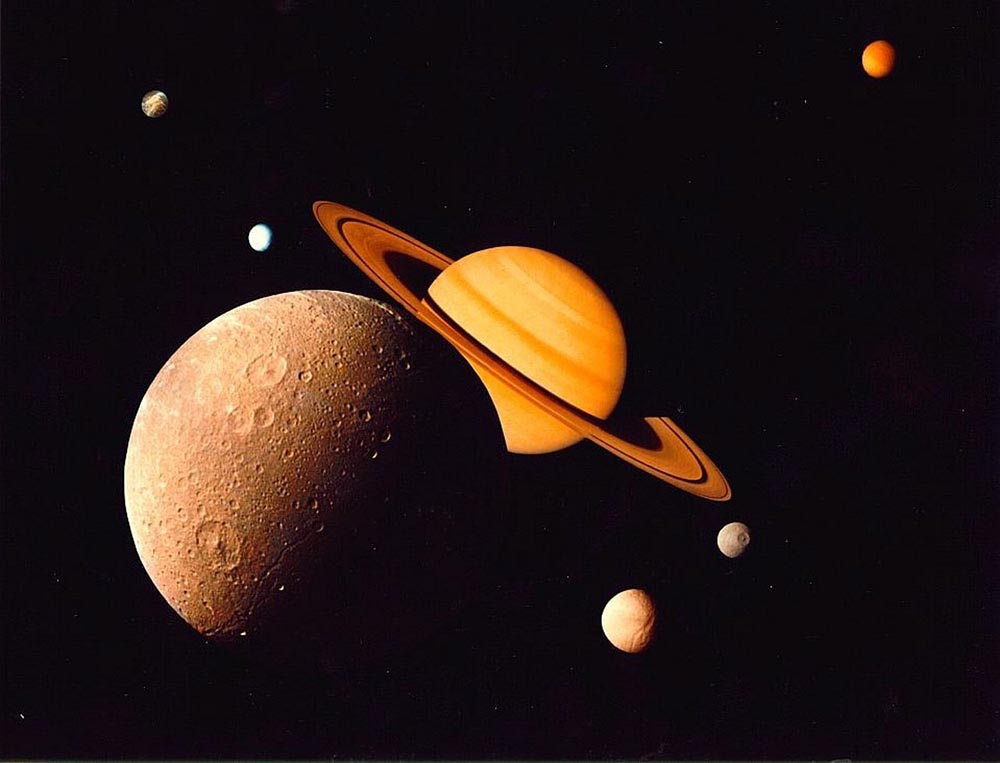

Christiaan Huygens Solves Arms Mystery: 1659 AD
Years later, in 1659 AD, a Dutch astronomer named Christiaan Huygens solved the mystery of Saturn’s two arms.
He discovered that the arms were rings and also discovered Saturn’s moon. It was later, in 1675, that the Italian French astronomer Jean-Dominique Cassini discovered four other moons of Saturn. The moons are called Rhea, Tethys, Dion, and Iapetus. Cassini also found a narrow gap that splits the planet’s ring system into two parts.
This earned him the distinction of having a spacecraft that flew to Saturn named after him.
Pioneer 11: 1973
On April 6, 1973, the Pioneer 11 became the first object made by humans to fly past the planet of Saturn. The Pioneer 11 also took and returned with the first-ever pictures of Jupiter’s polar regions.
Voyager Two: 1977
Voyager 2 is known as the first spacecraft to study all four of the giant planets in the solar system at close range. This occurred in August of 1977.

Voyager One: 1977
Voyager 1 made a successful pass of the Jupiter and Saturn systems on its way into the farthest reaches of our known solar system in September of 1977.
The Hubble Space Telescope: 1990
The one that most astronomy lovers are most familiar with, of course, is The Hubble Space Telescope. It was designed to provide deep, clear views of far-away stars, galaxies, and the planets in our solar system.
Significant Events
There are a few significant events surrounding Saturn, which we’ll also discuss below.
July 1, 2004
On July 1, 2004, NASA’s Cassini aircraft became the first spacecraft that orbited Saturn. The mission lasted a decade and provided unknown secrets about Saturn, its rings, and its moons.
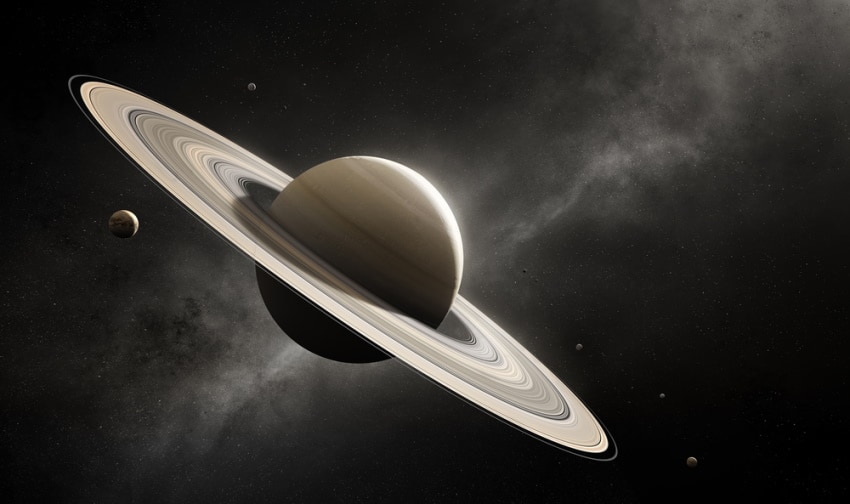
January 14, 2005
On January 14, 2005, The Huygens probe from the European Space Agency became the first aircraft to achieve a soft landing on the surface of Saturn’s moon Titan. It was also the first aircraft to land on the moon of another planet.
September 17, 2006
The astronomy world was ecstatic when scientists discovered a new ring around Saturn. The ring was found when an image was taken during solar occultation. The occultation backlit the ring against the planet.
2009
NASA’s Spitzer Space Telescope discovered a giant low-density ring associated with Saturn’s distant moon Phoebe.
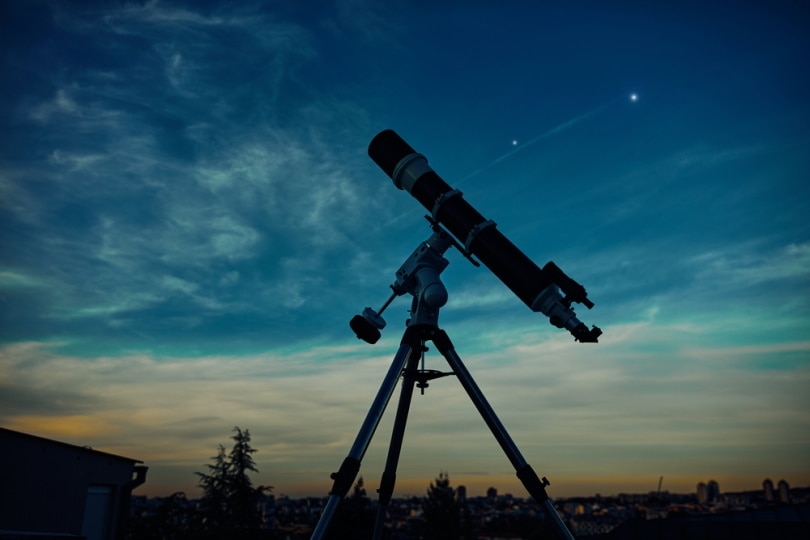
September 15, 2017
The last notable event on our list was on September 15, 2017, when Cassini completed its 13-year mission. The event ended with a fantastic and spectacular plunge back into Saturn’s atmosphere.
Cassini sent scientists data up until the very end, and the last five orbits allowed scientists to sample the atmosphere of Saturn for the very first time.

Final Thoughts
This brings us to the end of our history of Saturn and when it was discovered. Saturn has influenced several cultures and has an air of mystique that can’t be denied whether you love astronomy or not. Hopefully, we’ll learn more about the fascinating planet from subsequent missions to the ringed planet.
Featured Image Credit: Vadim Sadovski, Shutterstock
About the Author Patricia Dickson
Patricia is an animal and coffee writer and a published author under the pen name Skylar McKinzie. When she isn’t writing, Patricia enjoys spending time with her two cats and dog. Since she was a young child, she has been a pet lover and enjoys nothing more than cuddling with her pets. Patricia loves sharing her knowledge of animals and finds joy in helping out at the local rescue shelter whenever she can.
Related Articles:
When Were Binoculars Invented? History, Today & Future
15 Crucial Facts About Ultraviolet Rays & the Sun
What Constellation Is Spica In? The Interesting Answer!
10 Interesting Leo Constellation Facts, Myths, and FAQs
15 Interesting Pegasus Constellation Facts, Myths, and FAQs
6 Interesting Sagittarius Constellation Facts, Myths, and FAQs in 2024!
What Are Constellations? Where Did They Come From?
8 Interesting Libra Constellation Facts, Myths, and FAQs
